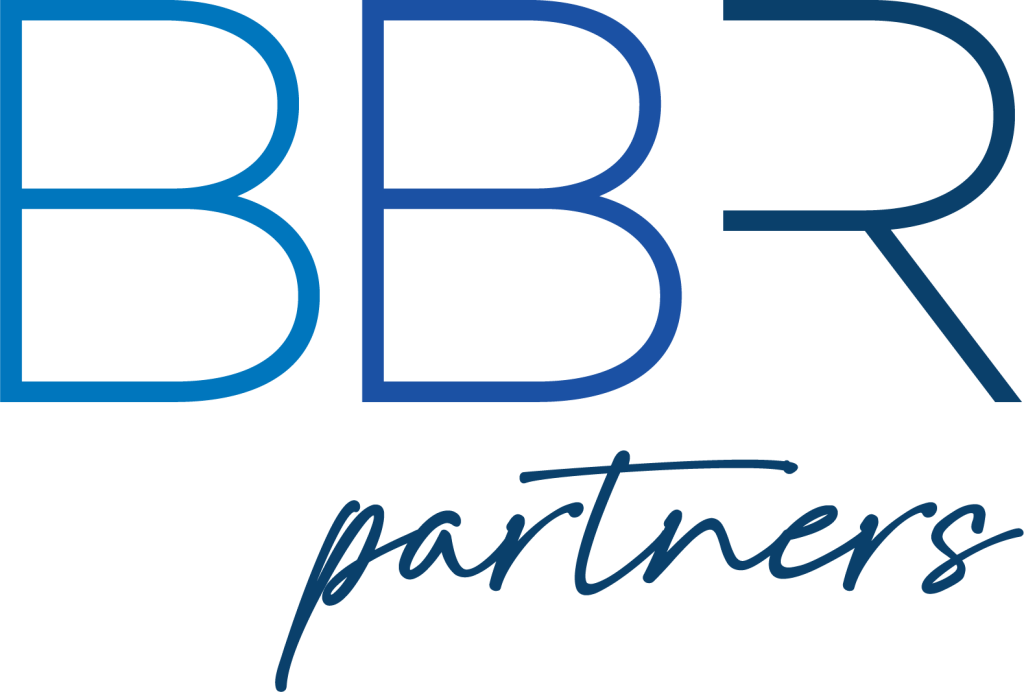July 18th, 2023
In the continuous effort to expand our knowledge base and stay ahead of emerging topics, we are pleased to share our perspective on a growing theme in the long-term management of family wealth: capping or reducing wealth transfer. To explore the variety of reasons and solutions for this current phenomenon, BBR Partner and Co-Head of Portfolio & Wealth Advisory, Sean R. Apgar has partnered with Christen K. Douglas, a Partner in the Private Client Group of McDermott Will & Emery. We hope you find the result helpful and informative and invite you to reach out to anyone on your advisory team if you’d like to learn more.
How Much Is Too Much Growth?
Maximizing generational wealth transfer is not always the goal.
Families whose wealth has grown significantly more than forecasted, may want to cap or reduce growth to the next generation. Several solutions exist; choosing the right one will depend on a family’s specific goals and tax planning options available to them. A few scenarios follow:
The Well-Trodden Path
- Freezing appreciation in the senior generation’s estate and maximizing it outside of the taxable estate for succeeding generations is usually the primary goal
- Assets with highest appreciation potential are held in trusts for the benefit of the next generation
- Common structure allows senior generation to pay income taxes on income earned by the trust
- No income tax erosion of the trust, senior generation’s estate is reduced. Maximizes wealth transfer, minimizes transfer tax. A win-win
Inverting Traditional Thinking
- Families can limit or reduce value of assets in trust and redirect growth elsewhere, if the trust’s assets grow significantly more than expected
- Many reasons; liquidity for senior generation, charitable giving, family considerations, etc.
Several Solutions Depending on Situation
- At the front-end of transfer planning, including a cap on the value of assets to be transferred for the benefit of the Grantor’s descendants
- Some trust agreements are drafted to allow for income tax reimbursement of the Grantor
- Turning grantor trust status “off”, converting trust to its own tax paying entity
- If there is a charitable bent, decanting trust assets to a new trust, giving beneficiary power to appoint assets of the new trust to charity
- Ensuring proper “asset location”. For those looking to minimize or cap wealth transfer, swapping grantor’s stable returning assets for the trust’s higher returning assets of equivalent value can reduce the growth of the trust
Stay Agile
- Understand that circumstances evolve over time and remain aware
- Good advisors will use the right tools early to help adapt plans and vehicles
